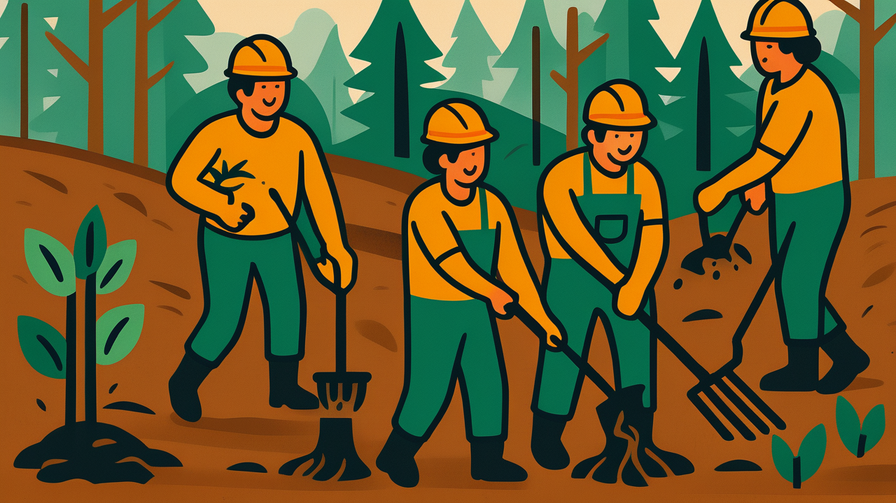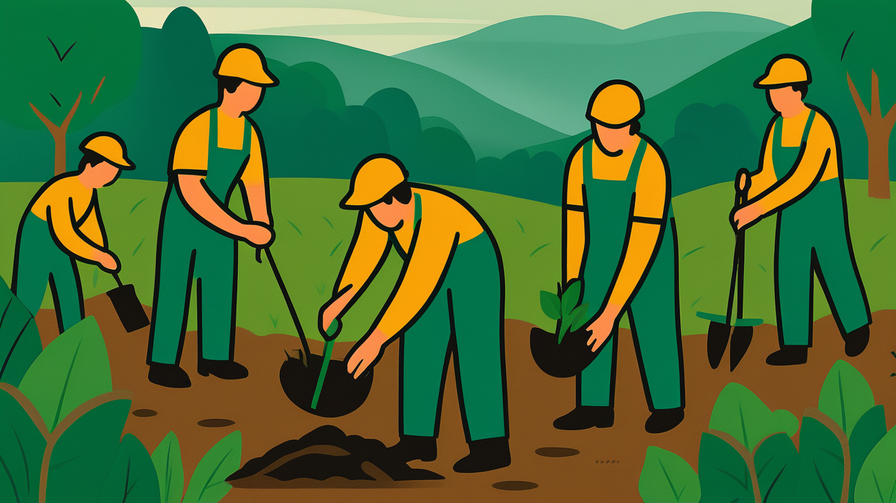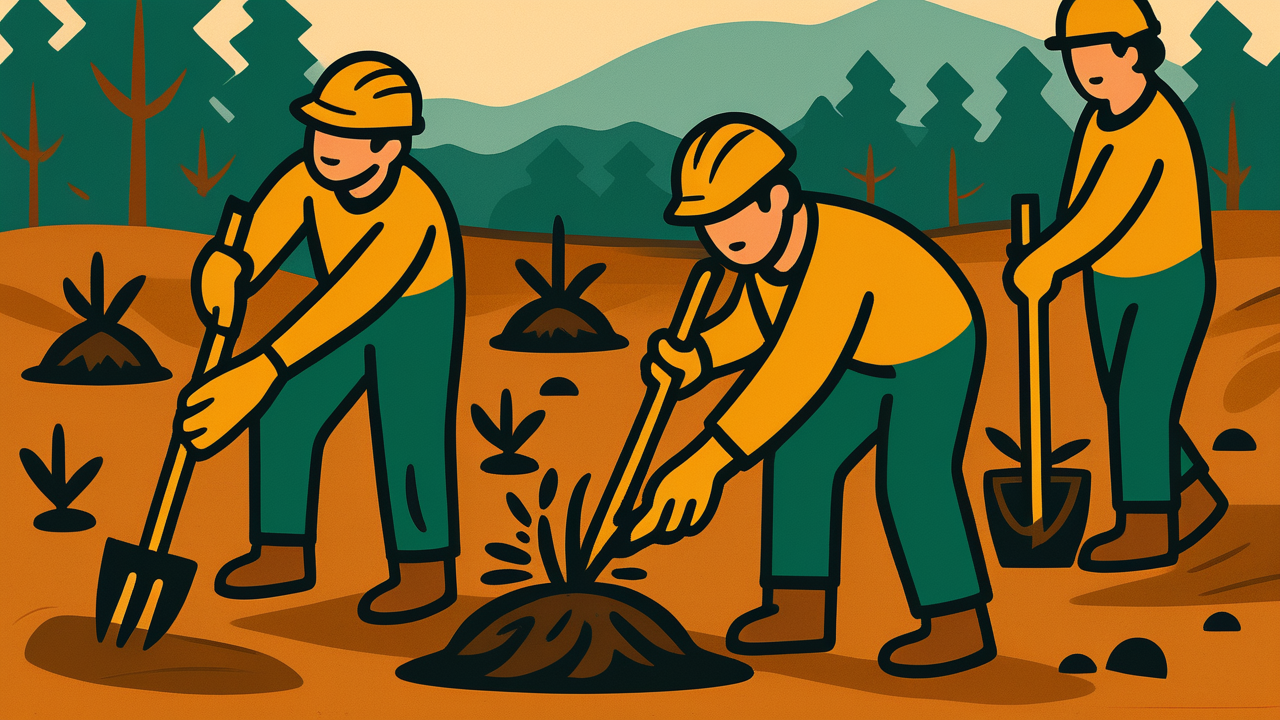[Disclaimer] This article is reconstructed based on information from external sources. Please verify the original source before referring to this content.
News Summary
The following content was published online. A translated summary is presented below. See the source for details.
On July 21, 2025, Corey Hogan, Parliamentary Secretary to Canada’s Minister of Energy and Natural Resources Tim Hodgson, announced a major environmental initiative for Alberta. The federal and provincial governments are jointly investing over $125 million in four major reforestation projects. These projects will plant 12 million trees across Alberta and restore critical habitats for endangered species. The announcement comes as part of Canada’s broader commitment to fighting climate change and recovering from recent devastating wildfires that have damaged millions of acres of forest. The funding will support local communities, create jobs in forestry and conservation, and help rebuild ecosystems that provide homes for wildlife including caribou, grizzly bears, and various bird species. The projects will use native tree species and modern forestry techniques to ensure the new forests are more resilient to future climate challenges. Work is expected to begin this fall, with tree planting continuing over the next five years.
Source: Canada Government News
Our Commentary
Background and Context

Alberta has faced some of Canada’s worst wildfire seasons in recent years. Climate change has made summers hotter and drier, creating perfect conditions for massive fires. In 2023 alone, wildfires burned an area larger than some entire countries, destroying not just trees but entire ecosystems that took centuries to develop.
Forests aren’t just collections of trees – they’re complex living systems that clean our air, store carbon, prevent soil erosion, and provide homes for countless animals. When forests burn, it affects everything from local weather patterns to the global climate. That’s why replanting them is so important.
Expert Analysis
The $125 million investment might sound like a lot, but forestry experts say it’s money well spent. Each tree planted will absorb about 48 pounds of carbon dioxide per year once it’s fully grown. With 12 million trees, that’s like taking hundreds of thousands of cars off the road!
What makes this project special is its focus on native species and biodiversity. Instead of planting just one type of tree (which can make forests vulnerable to disease), they’ll plant a mix that mimics natural Alberta forests. This approach creates stronger, more resilient ecosystems that can better survive future challenges.
Additional Data and Fact Reinforcement
Let’s put these numbers in perspective:
• 12 million trees is roughly one tree for every three Canadians
• The investment works out to about $10.42 per tree, covering planting, care, and monitoring
• These trees will create habitat for over 200 species of animals and birds
• The project will create approximately 1,500 jobs in rural Alberta communities
• Once mature, these forests could store as much carbon as 2.4 million cars produce in a year
Related News
This Alberta project is part of Canada’s larger “2 Billion Trees Program,” which aims to plant two billion trees across the country by 2031. Similar projects are happening in British Columbia, Ontario, and Quebec, all areas hit hard by recent wildfires.
Indigenous communities are playing a crucial role in these efforts. Many First Nations are leading reforestation projects, combining traditional knowledge with modern science to create healthier forests. Their understanding of local ecosystems, passed down through generations, helps ensure trees are planted in the right places.
Summary

Alberta’s massive reforestation project represents hope in the face of climate challenges. By investing $125 million to plant 12 million trees, Canada is taking concrete action to restore damaged ecosystems, create jobs, and fight climate change. For students watching these efforts, it’s a reminder that environmental destruction isn’t permanent – with dedication and resources, we can help nature heal. The project also shows how government, scientists, local communities, and Indigenous peoples can work together for a common goal.
Public Reaction
Environmental groups have praised the investment but note it’s just a first step in addressing wildfire damage. Local communities, especially those affected by recent fires, welcome the jobs and environmental benefits. Some critics argue more should be spent on fire prevention rather than just restoration. Indigenous leaders emphasize the importance of including traditional ecological knowledge in the planting strategies.


